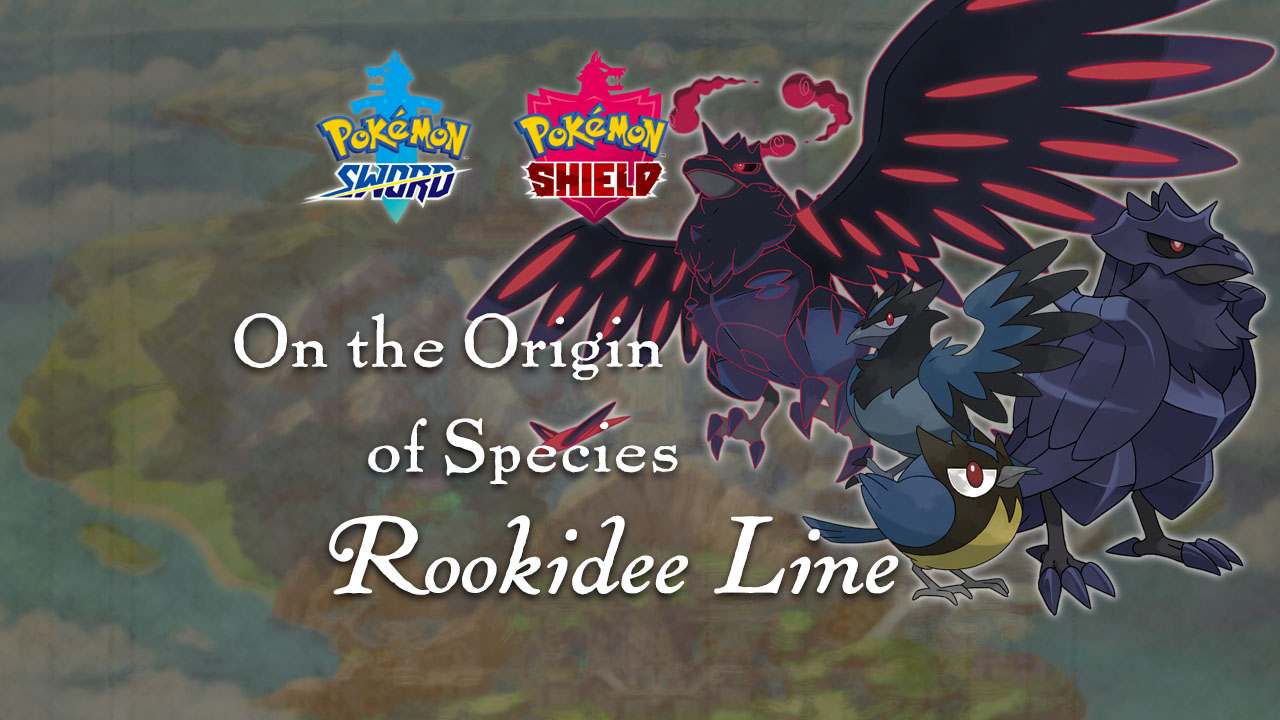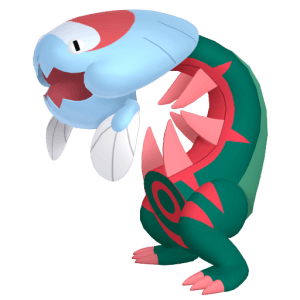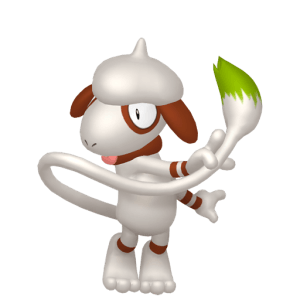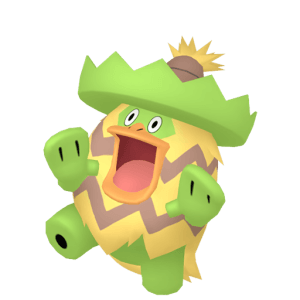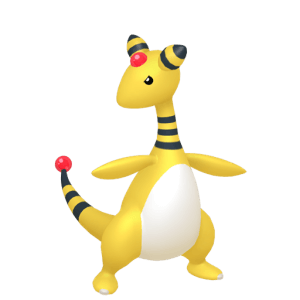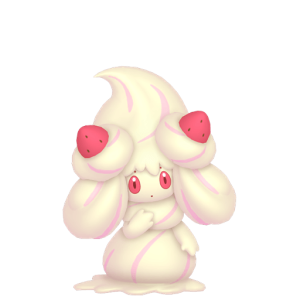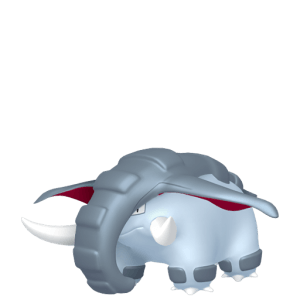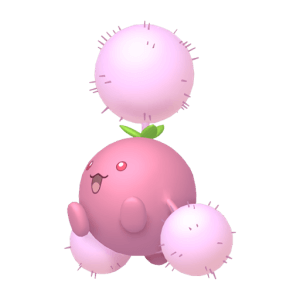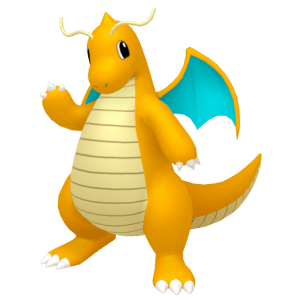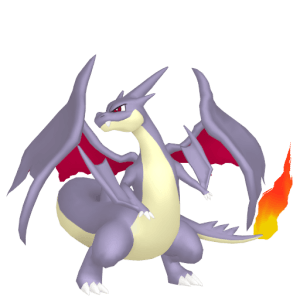In this recurring series, I’ll analyze the origins of Pokémon designs, their culture, and their historical allusions to British culture.
As with every region before it, Galar has a common bird Pokémon which is found on many routes. This evolutionary line does have a distinctive British theme which makes it well-suited as the design for the region.
Rookidee
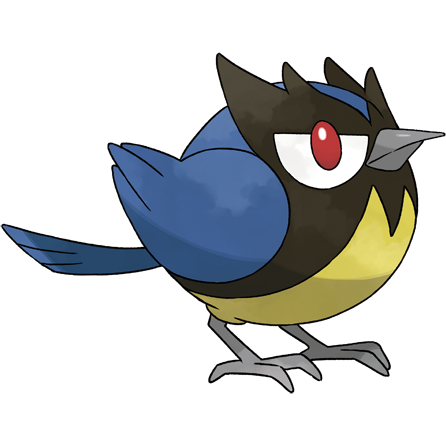
Rookiee, the Tiny Bird Pokémon, has a somewhat unique typing of just Flying. Aside from Tornadus, no other Pokémon has had flying as its only type. Generally the common bird Pokémon of each region starts with the type pairing of Normal and Flying.
Its name, a combination of Rook and Chickadee, suggests it is based on the chickadee bird. Outside of North America it may also be known as a tit (not a link to anything nsfw) or a titmouse. From that genus it may in particular be based on the European blue tit, which live pretty much everywhere in Great Britain. Both share the same blue coloring, the yellow belly, and the black marks around its eyes.
The former part of its name, the rook, could be a reference to a different type of bird. A rook is a large bird in the raven family. It is also the weakest in the line, so ‘rookie’ plays in nicely, too. Finally, the rook is a castle-shaped chess piece which ties into the medieval theme found in its evolutions’ names.
It will bravely challenge any opponent, no matter how powerful. This Pokémon benefits from every battle—even a defeat increases its strength a bit.
Jumping nimbly about, this small-bodied Pokémon takes advantage of even the slightest opportunity to disorient larger opponents.
The Pokédex suggests it is an acrobatic Pokémon and fairly brave. Though the chickadee is a small bird, there have been observations of its intelligence in gathering food. At a time when milk was delivered, they were able to break the foil seal and drink the milk—Miltank farmers beware.
Corvisquire
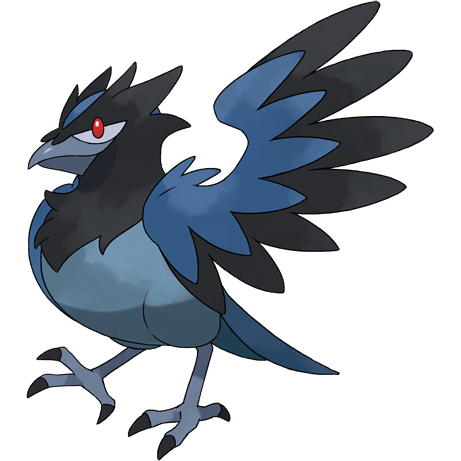
Corvisquire is fully based on a raven, with its name being a combination of corvidae and squire. Corvidae is the family name for birds which include crows, ravens, and rooks.
In particular it may be based around the hooded crow, as both share many of the same coloration patterns. It is also known as the grey crow in some sregions.
Smart enough to use tools in battle, these Pokémon have been seen picking up rocks and flinging them or using ropes to wrap up enemies.
The lessons of many harsh battles have taught it how to accurately judge an opponent’s strength.
The Pokédex makes reference to its intelligence, which is a trait that distinguishes ravens from many other animals. Corvids have shown an ability to learn how to create and use simple tools to accomplish tasks. To get insects burrowed into trees, they can use sticks to poke the insects and lure them out. They have also been observed placing stones into a body of water to raise the water level through volume displacement.
The new caledonian crows have shown the most success in developing tools, which may have served as a secondary influence for this Pokémon.
The latter half of the Pokémon’s name is a reference to knighthood in England. Knighthood was given to those, often young nobles, who proved their skill in battle. The career growth of a knight became fairly regular.
At an early age they served the role of a page, assisting those in the castle and knights with basic tasks of maintenance and cleaning. At the age of fifteen they became a squire, where they trained in combat and wore basic armor alongside their duties of aiding knights.
They could be knighted after winning a decisive victory, completing a quest, or other reasons. Knights were given the new title as part of a ceremony by royalty or a noble.
Corviknight
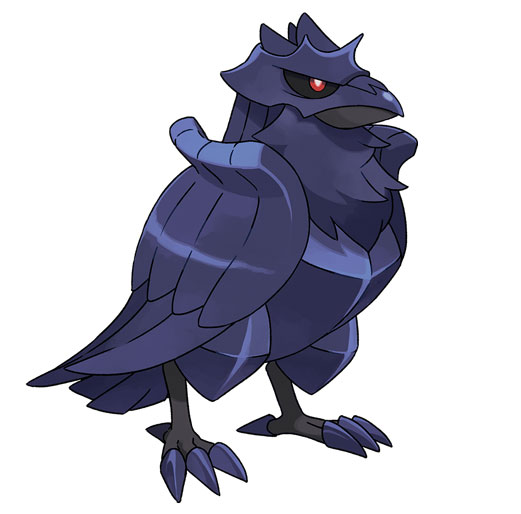
Corviknight is the Raven Pokémon. While it may at first glance appear to be a Dark-type, due to its black color scheme and bright red eyes, it actually has Steel as its secondary typing.

Aren’t ravens and crows basically the same? Not at all. The Audubon Society has put together a useful guide to the differences. Ravens are often much larger, organize in pairs instead of larger murders (murders here meaning a collection of crows). Ravens will make a low-pitched croak instead of a caw.
Similarly, Murkrow and Corviknight are also different. Looking at the two Pokémon side-by-side, you can very quickly see that there are size differences, and Corviknight looks more intimidating.
Looking closer at its design, it seems to resemble a knight in its overall design. As we can see in the screenshot below, its body seems to be slightly metallic, with its eyes peaking outside of its helmet-like head. This knight aesthetic could explain its Steel typing.
The association between knights and ravens is not unheard of in the folklore of England and neighboring countries. It makes sense, as knights were a big part of medieval culture, and ravens are also very common birds in that region. Bulbapedia suggests its design is based on the western jackdaw. It also suggests an allusion to the Black Knight, although it lacks the evil connotations.
Ravens are also a part of English folklore. There are six ravens kept in the Tower of London. A legend suggests that the tower and the nation would fall if the ravens left. This could be pretty interesting to dive into further, if there were legendary Pokémon based on ravens which lived in a tall tower.

While this doesn’t come up in the game, as Corviknight is not a legendary Pokémon, this legend is directly referenced by one of the trainers on Route 10.
Another interesting piece of folklore, from Danish culture, is the valravn. These are mythical ravens which come into their form through ravens who eat the body of the dead on the battlefield. If a valravn eats the whole heart of a child, they will have the power to transform into the form of a knight. It’s also said that if they eat the heart of a king, they will gain “human knowledge”, act as a bad influence, and gain superhuman strength.
This Pokémon reigns supreme in the skies of the Galar region. The black luster of its steel body could drive terror into the heart of any foe.
With their great intellect and flying skills, these Pokémon very successfully act as the Galar region’s airborne taxi service.
So this could be the Pokémon equivalent of a valravn, with its half-bird, half-knight form. Valravn are also said to be able to transform into wolves, but that seems to be an alternative interpretation.
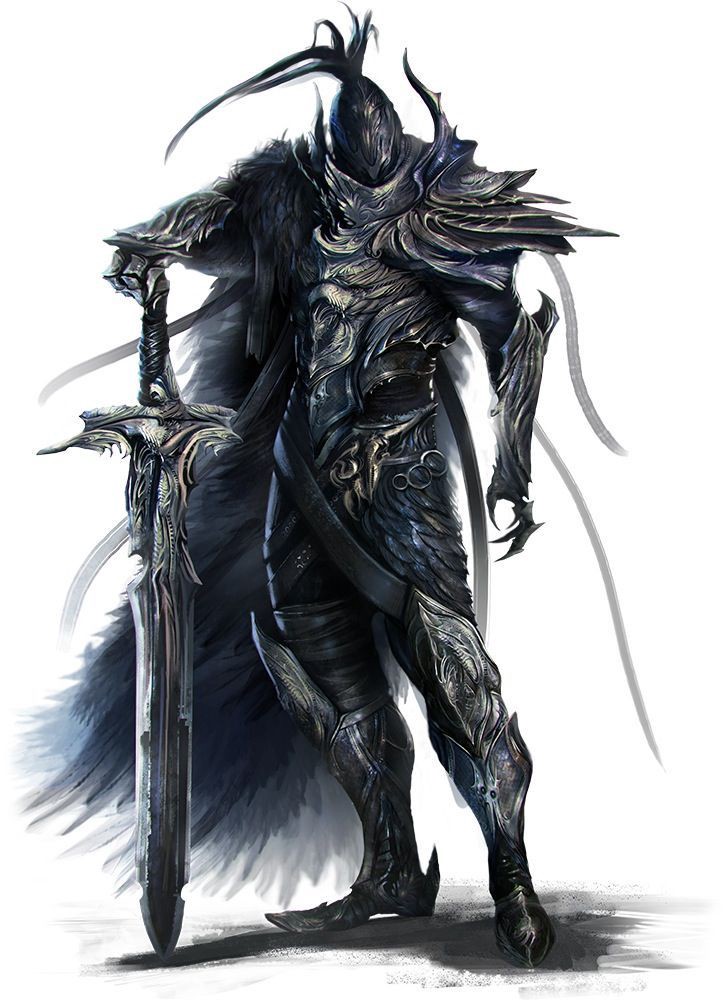
As a quick aside, Valravn also appear in the tabletop RPG Pathfinder under the name Vilderavn. They appear in the fifth bestiary as a type of monster that players could encounter. Looking at the Pathfinder art for the creature, you can see that there’s definitely a resemblance.
There was a Hungarian king in the 1400s, Matthias Corvinus, who is referred to as the “raven king”. However, that is probably unrelated to Corviknight.
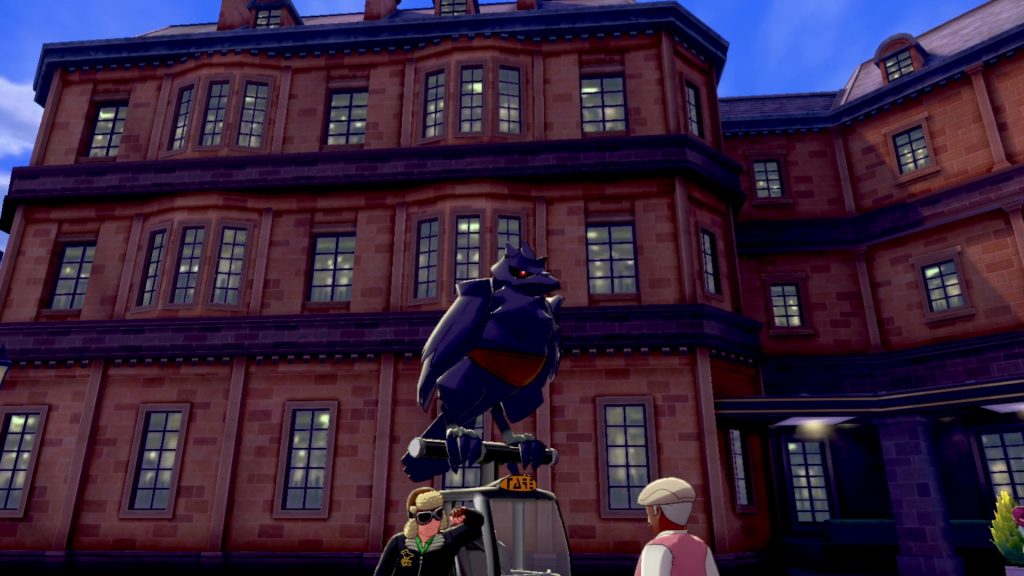
Corviknight plays a key role in the Galarian economy by allowing one to fast travel to various cities and locations in the region through a flying taxi. However this seems to be a specific skill that they need to be trained to learn, as one’s own Corviknight is unable to do that.
Gigantamax Corviknight
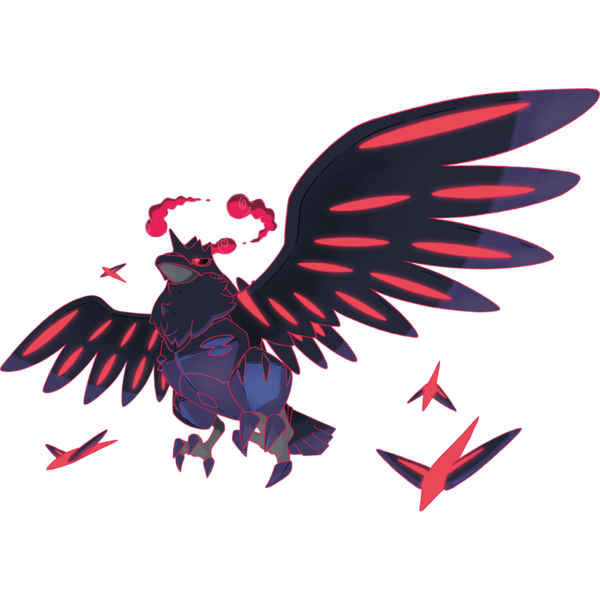
In Corviknight’s Gigantamax form, its wingspan grows dramatically and it starts to glow a reddish hue. Its glowing feathers appear to be detachable and used for attacks similar to throwing daggers or stars.
Imbued with Gigantamax energy, its wings can whip up winds more forceful than any a hurricane could muster. The gusts blow everything away.
The eight feathers on its back are called blade birds, and they can launch off its body to attack foes independently.
Conclusion
Ravens are a common bird in Great Britain, part of the kingdom’s history, mythos, and environment. As such it is the perfect basis for the region’s primary bird Pokémon.
Were there any raven folk stories I missed? Let me know in the comments below! Or hop on our Discord server to have more Sword & Shield discussions!

